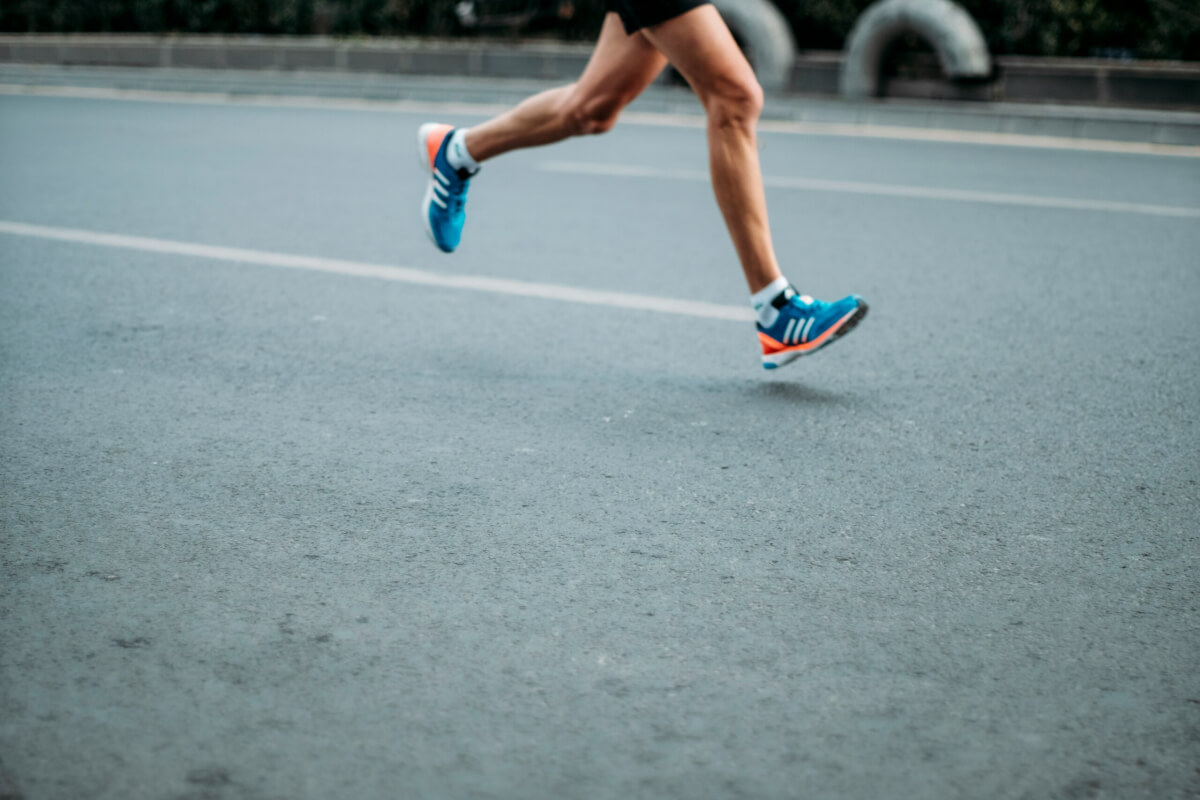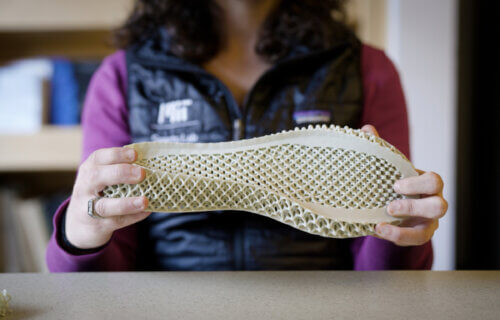CAMBRIDGE, Mass. — Engineers at the Massachusetts Institute of Technology (MIT) are changing the running shoe game. They have developed a new model that predicts how different shoe properties will affect a runner’s performance. This innovative approach is especially beneficial for runners, ranging from marathon professionals to casual joggers.
Traditional methods of finding the right running shoe often involve trying on numerous pairs to determine the best fit for an individual’s unique running style. However, this new model from MIT simplifies the process by using a person’s height, weight, and other general dimensions, along with specific shoe properties such as midsole stiffness and springiness, to simulate how they would run in a particular shoe.
“Shoe designers are starting to 3D print shoes, meaning they can now make them with a much wider range of properties than with just a regular slab of foam,” says study co-author Sarah Fay, a postdoc in MIT’s Sports Lab and the Institute for Data, Systems, and Society (IDSS), in a university release. “Our model could help them design really novel shoes that are also high-performing.”
While the current model is adept at simulating changes in gait for vastly different shoe types, it is less effective with similar designs, which include most commercially available running shoes. Therefore, researchers see the greatest potential for this tool in aiding shoe designers to explore new frontiers in sneaker design, especially with the advent of 3D-printed shoes.
“That would be the moonshot,” says Fay.

The team’s model represents a runner as a center of mass with a rotating hip and a stretchable leg, connected to a shoe that can vary in springiness and shock absorption. This simplified approach to modeling a runner’s dynamics was inspired by the work of Thomas McMahon, a biomechanics pioneer at Harvard University, who showed that even a basic model can yield significant insights into athletic performance.
“In some ways, this gives you a quantitative way to design a shoe for a 10K versus a marathon shoe,” notes study co-author Anette “Peko” Hosoi, a professor of mechanical engineering at MIT. “Designers have an intuitive sense for that. But now we have a mathematical understanding that we hope designers can use as a tool to kickstart new ideas.”
The model’s effectiveness was demonstrated by simulating various shoe styles and predicting the corresponding efficiency of a runner’s gait. This research could potentially pave the way for more personalized shoe designs in the future, optimizing footwear for individual runners’ styles and needs.

Looking ahead, the team at MIT is working on improving the model with the ultimate goal of creating a consumer-friendly version. This could lead to a future where runners can submit a video of their running style and receive a 3D-printed shoe tailored specifically to their needs – a revolutionary vision that could revolutionize how we select athletic footwear.
“If we tell our model, ‘Optimize your gait on these two things,’ it gives us really realistic-looking gaits that best match the data we have,” explains Fay. “This gives us confidence that the model can predict how people will actually run, even if we change their shoe.”
The study is published in the Journal of Biomechanical Engineering.
You might also be interested in:

The ‘Supination’ and ‘Pronation’ are the most important elements in how a runner’s foot strikes the surface regardless of distance.
They do not depend on weight, height, hips or anything else.
Of course the ‘researchers’ would have to actually look at people and not just computers, which is a real nuisance.